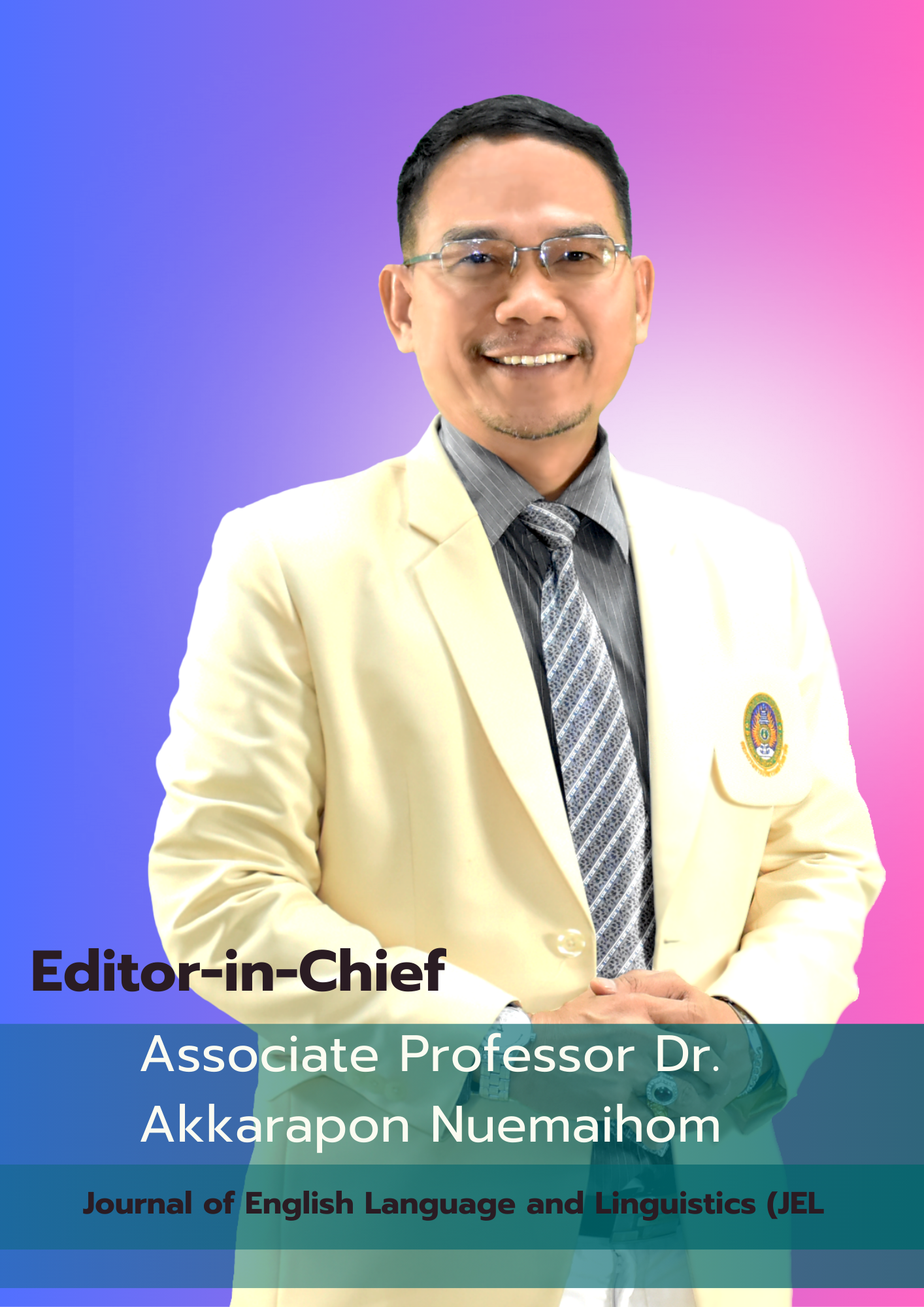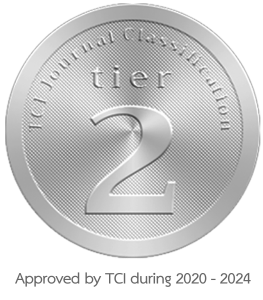The Use of Linguistic Signals in English Researches: Myanmar University Context
DOI:
https://doi.org/10.62819/jel.2021.117Keywords:
English researches, Boosters, Hedges, Linguistic signalsAbstract
Researchers employ key interactional devices such as hedges and boosters
expressing their believability and degrees of commitment to opinions and
claims and adjusting the truth-value of the knowledge. The aim of the
research was to explore the contributions of hedges and boosters, category
of metadiscoursal markers in rhetorical sections (Findings, Discussion, and
Conclusion) of researches from the Journal of the Myanmar Academy of
Arts and Science Vol. XVIII, No.7. The objectives intended to analyze the
significant use of hedges and boosters in the selected English researches and
to investigate what category of overall occurrences of hedge and booster is
dominantly employed in the researches. The quantitative research design is
used to uncover the writers’ attitude to the result of research articles with
the contribution of two linguistic signals- hedges and boosters- in academic
research. The theoretical concept of Holmes’ (1988) classification,
expression of doubt, and certainty focused on types of modal verbs, lexical
verbs, adverbs, adjectives, and nouns. Findings revealed that the occurrence
of hedges in rhetorical sections of researches 1, 2, 3, and 4 is significantly
higher than the use of a booster. However, the occurrence of hedges used in
RA 5 is the same number of boosters. The use of lexical verb and the modal
verb is significantly higher than other devices of overall occurrences in the
selected researches. This study makes a contribution to the use of linguistic
signals in writing academic papers in the Myanmar universities context.



















